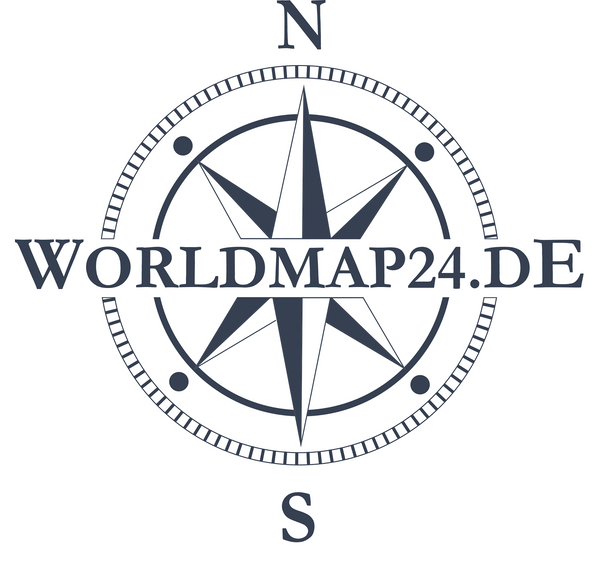The creation of the world map is a fascinating process that has evolved over centuries. In the early days of cartography, maps were often inaccurate and incomplete due to limited knowledge and technology. However, as time went by and new areas were discovered by explorers and navigators, the accuracy and detail of world maps continued to improve.
A significant turn in the history of cartography came with the development of the compass and the improvement in navigational instruments. This allowed navigators to be more precise about their positions and better estimate coastlines and distances between different locations. Then, in the 15th century, the invention of the printing press revolutionized cartography, as maps could now be produced and distributed in larger numbers.
Another milestone in the development of the world map was the discovery of new continents, such as America, by famous explorers such as Christopher Columbus. These discoveries led to an expansion of geographical knowledge and a redesign of the world maps to include these new areas.
New surveying techniques and technological advances were also introduced over time, including the invention of satellite imagery and GPS. These technologies have made it possible to create highly accurate and detailed maps of the world that are available today on electronic devices such as smartphones and computers.
The world map as we know it today is the result of a long and ongoing process of discovery, exploration and cartography. It represents not only geographic features, but also the knowledge, culture, and perspectives of the people who created them. It is a valuable tool for understanding and exploring our world.

